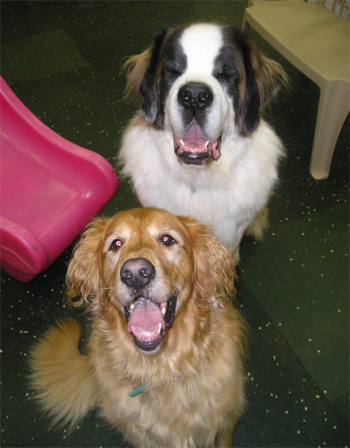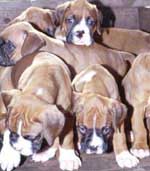 |
 |
 |
 |
 |
 |
|
|
|
|
|
Stratified squamous epithelium - non-keratinized |
|
|
Stratified squamous epithelium - non-keratinized |
|
|
Stratified squamous epithelium - keratinized |
|
|
Stratified squamous epithelium - keratinized |
|
|
Transitional epithelium (relaxed) (urinary bladder) |
|
|
Transitional epithelium (stretched) (urinary bladder) |